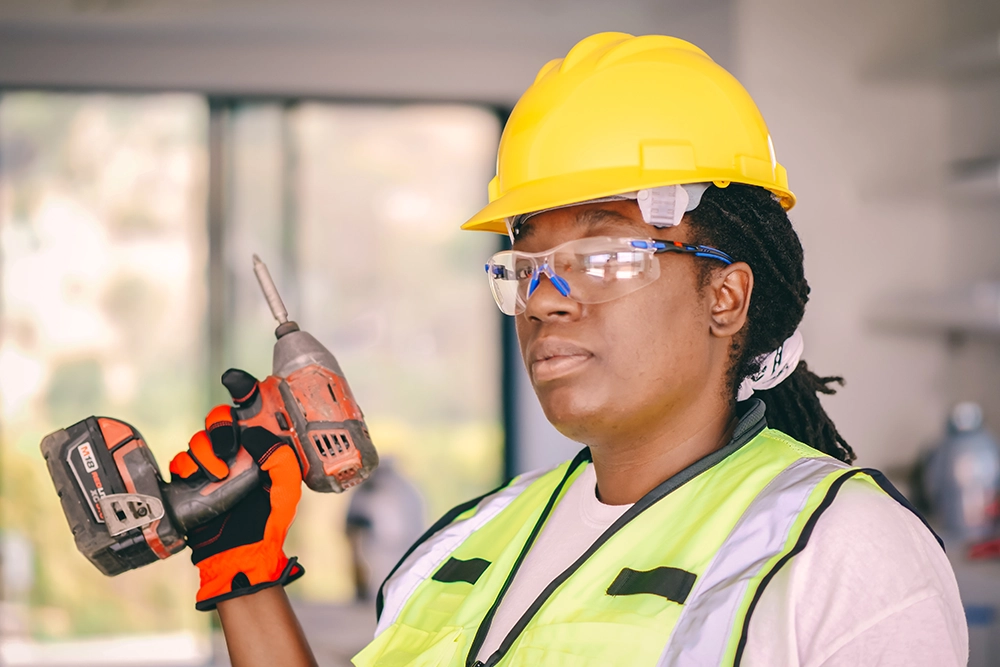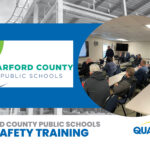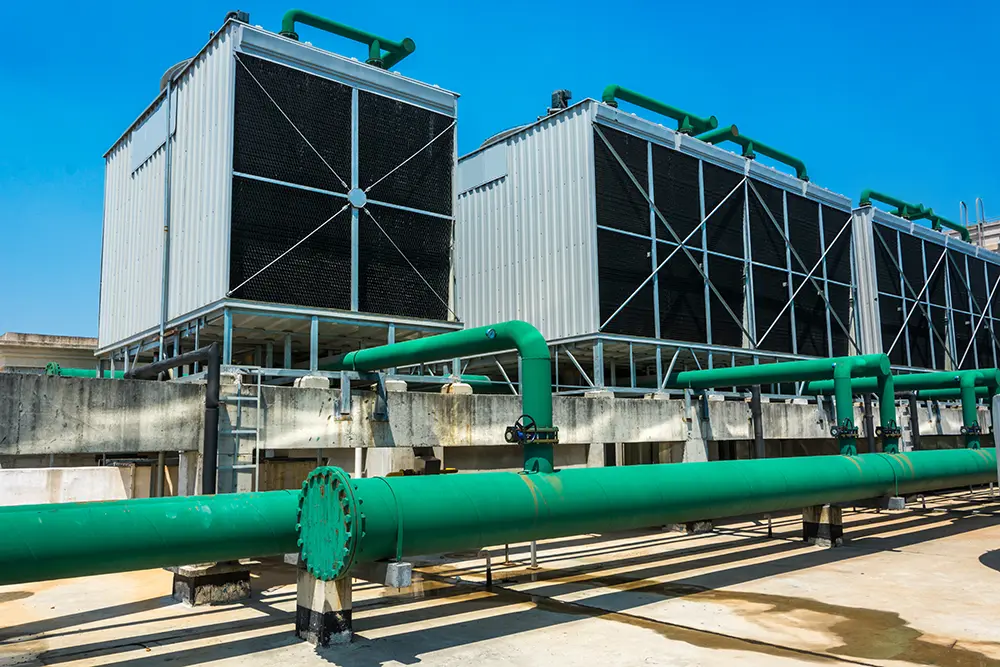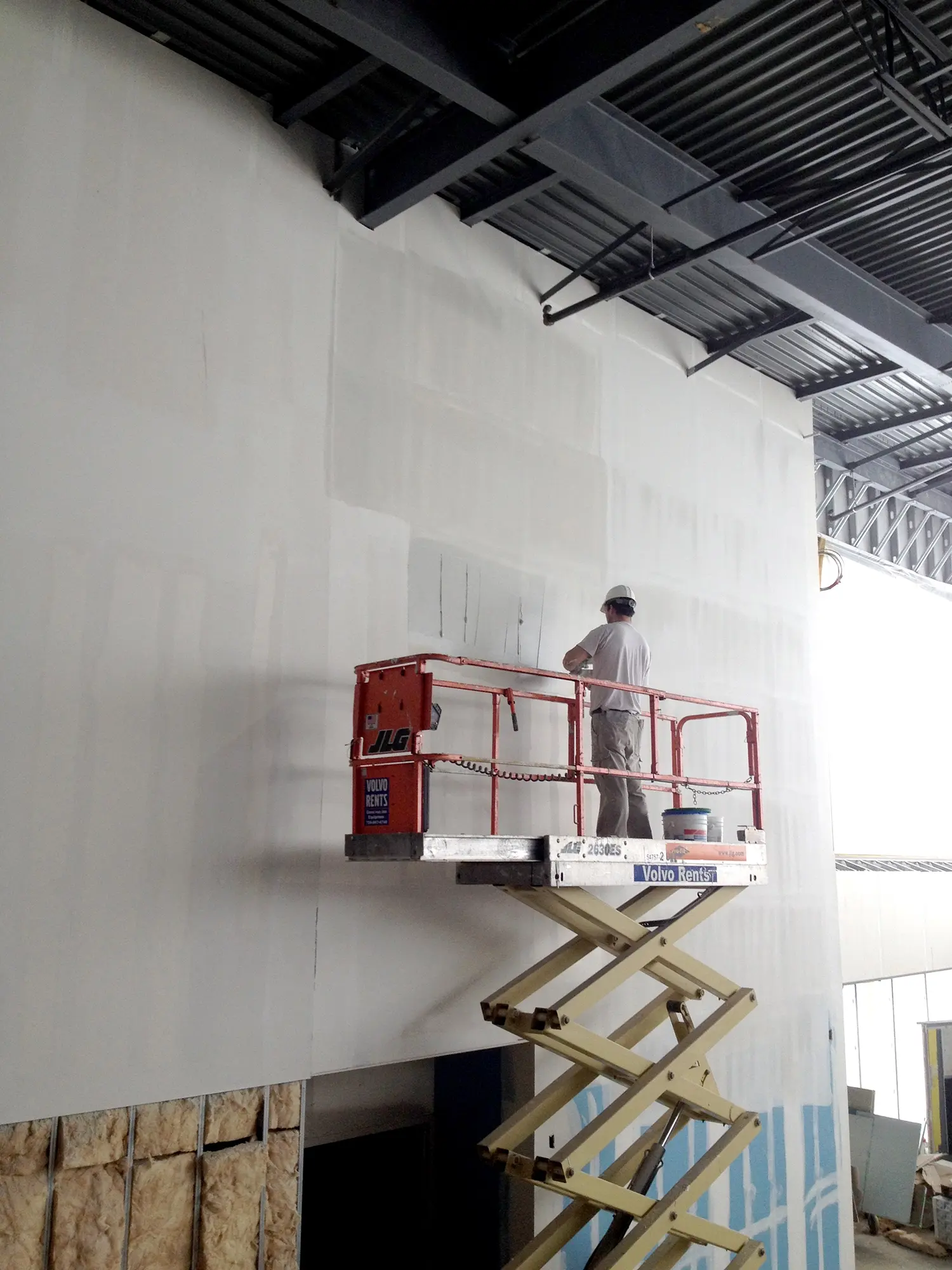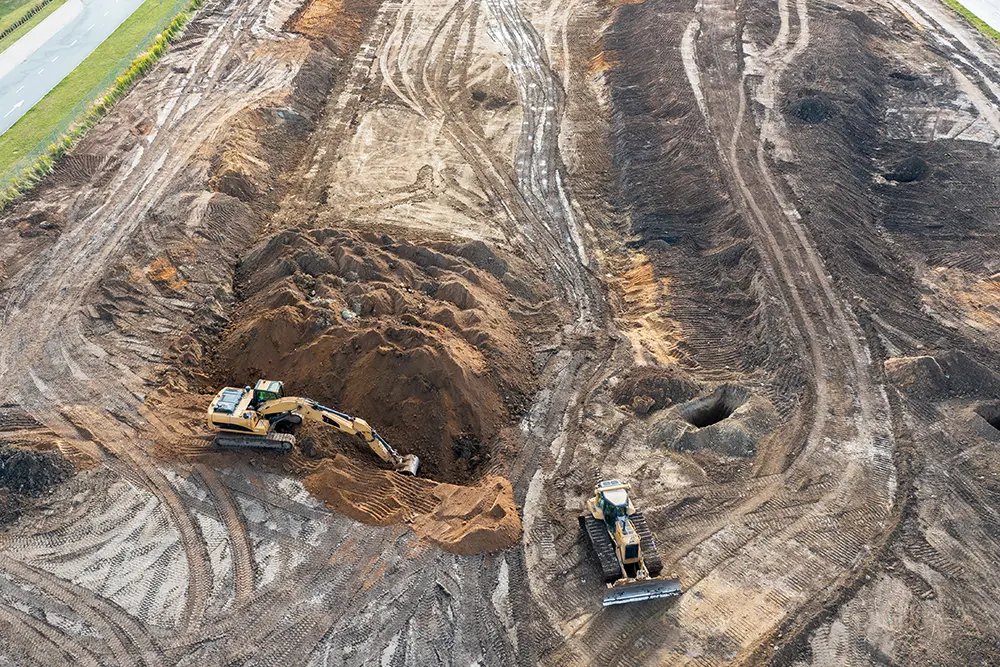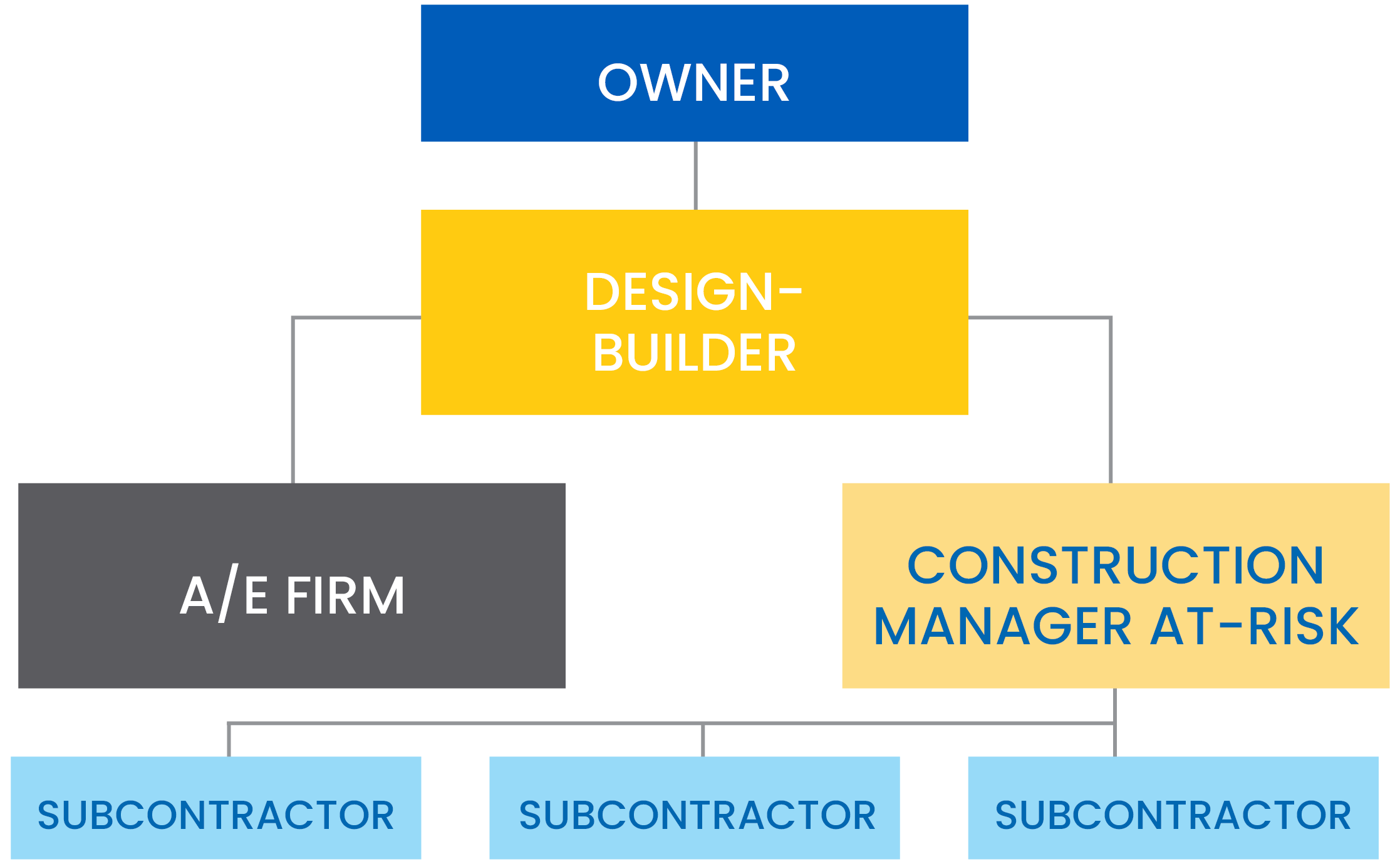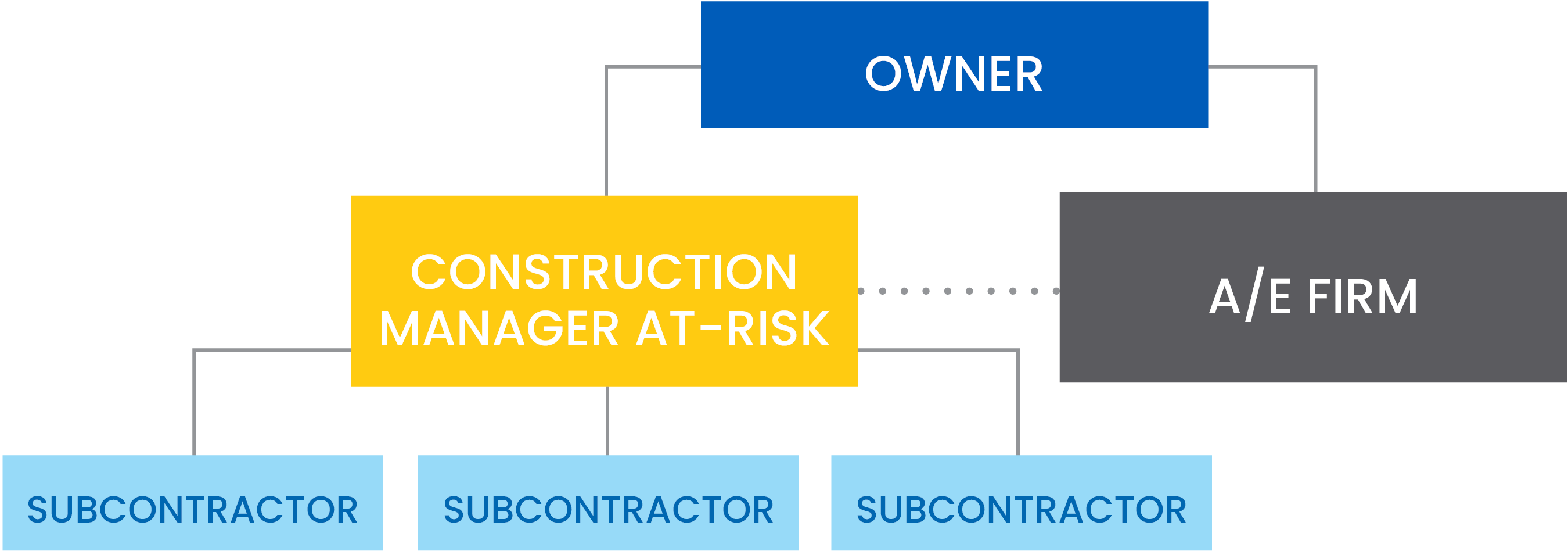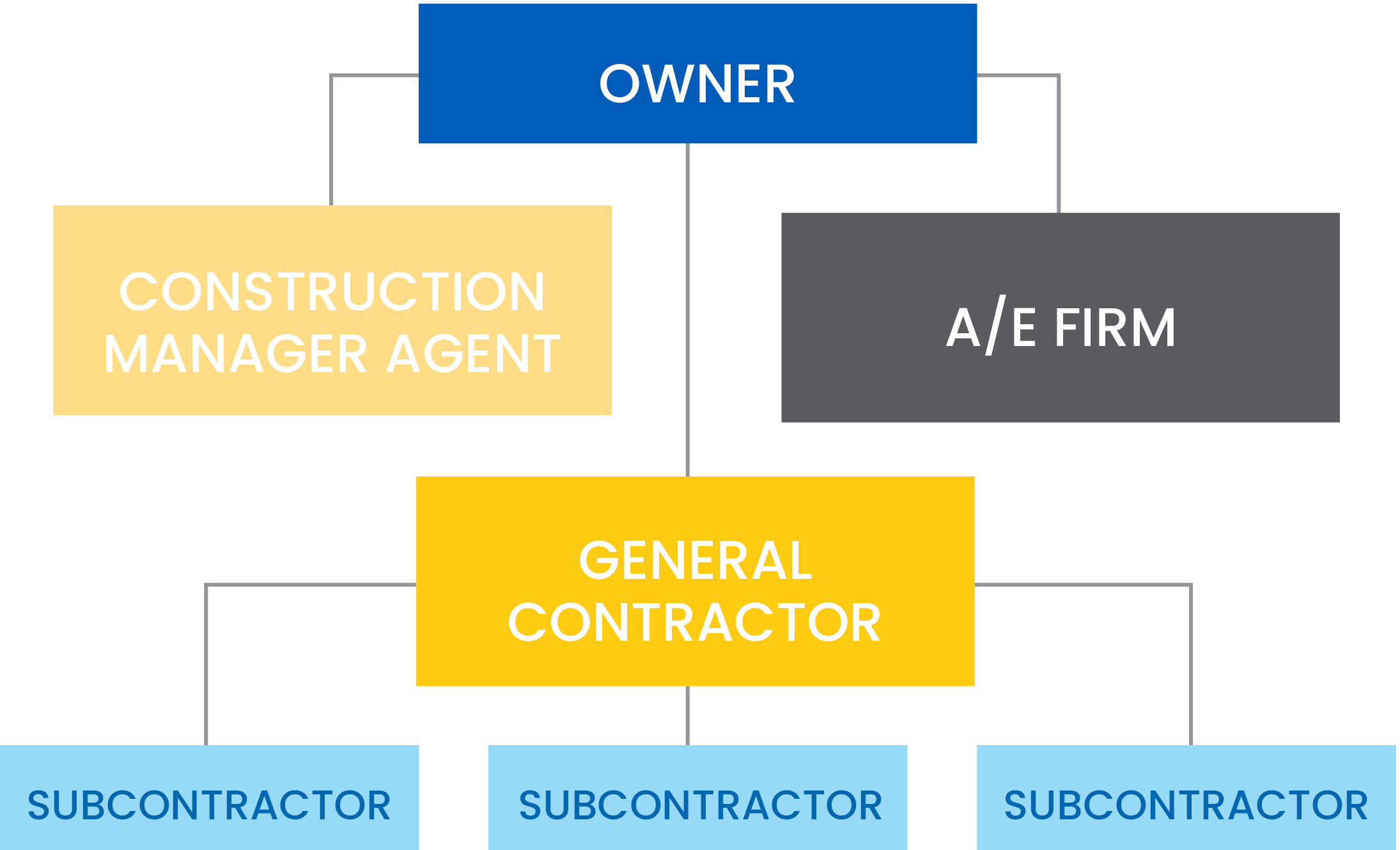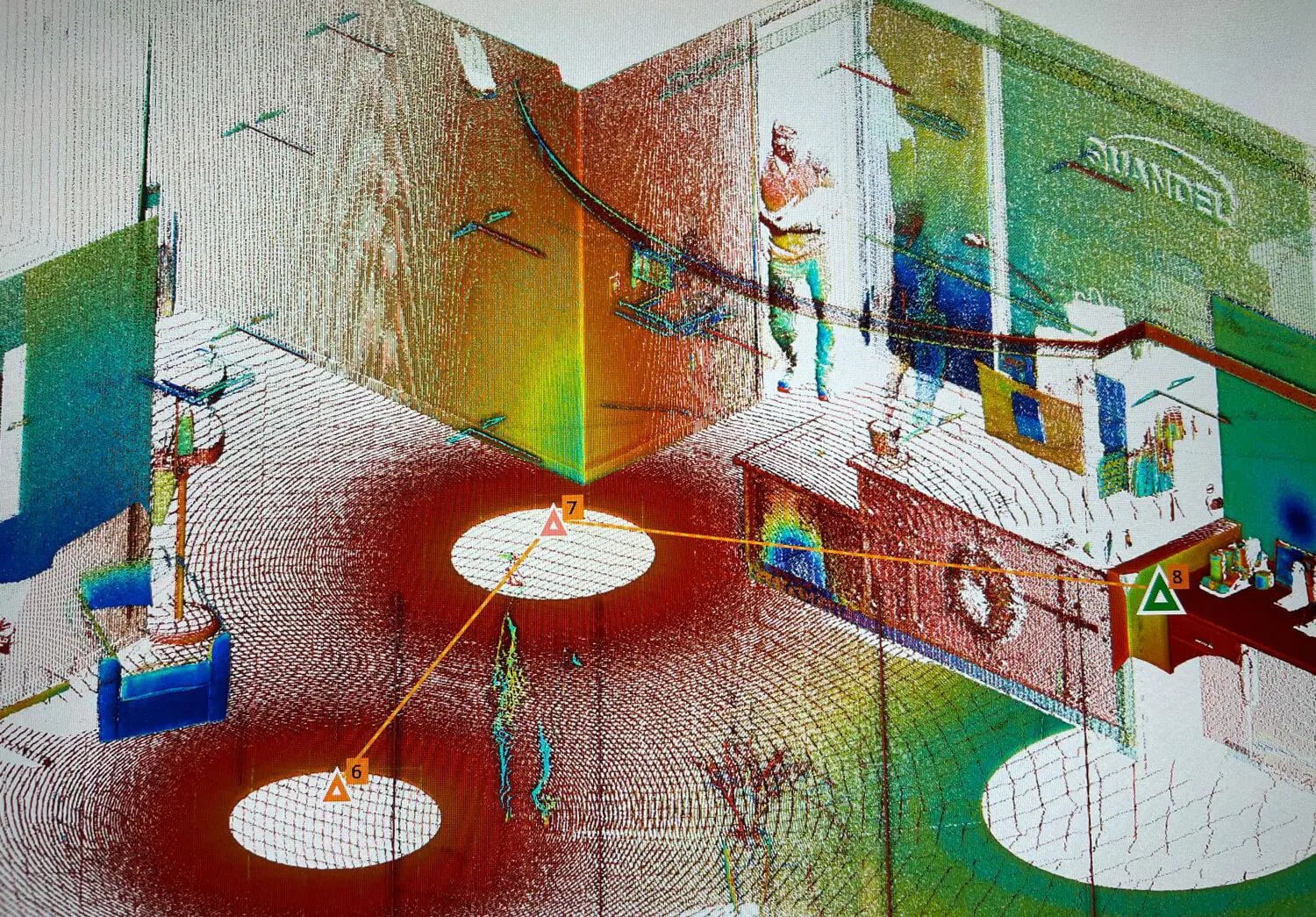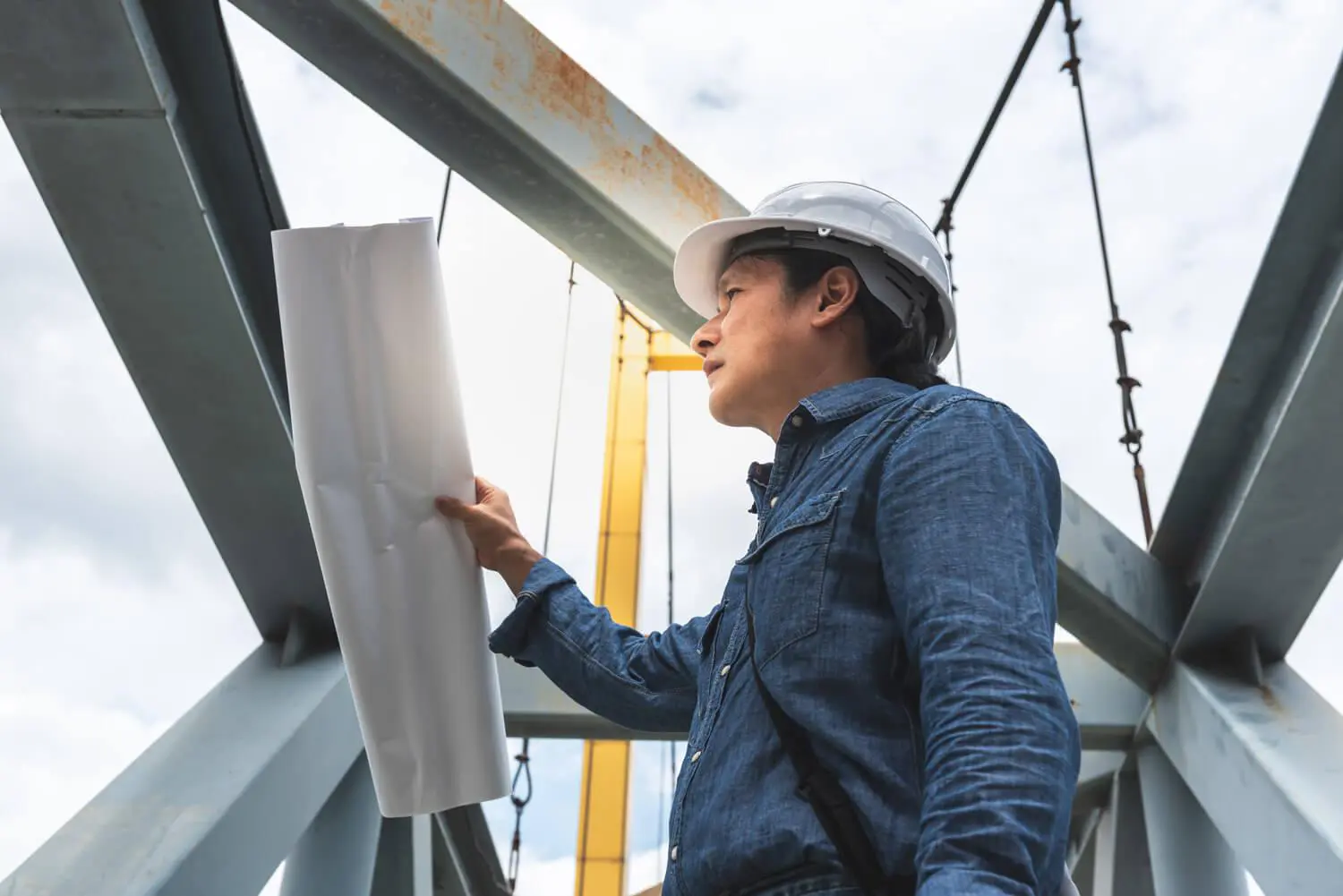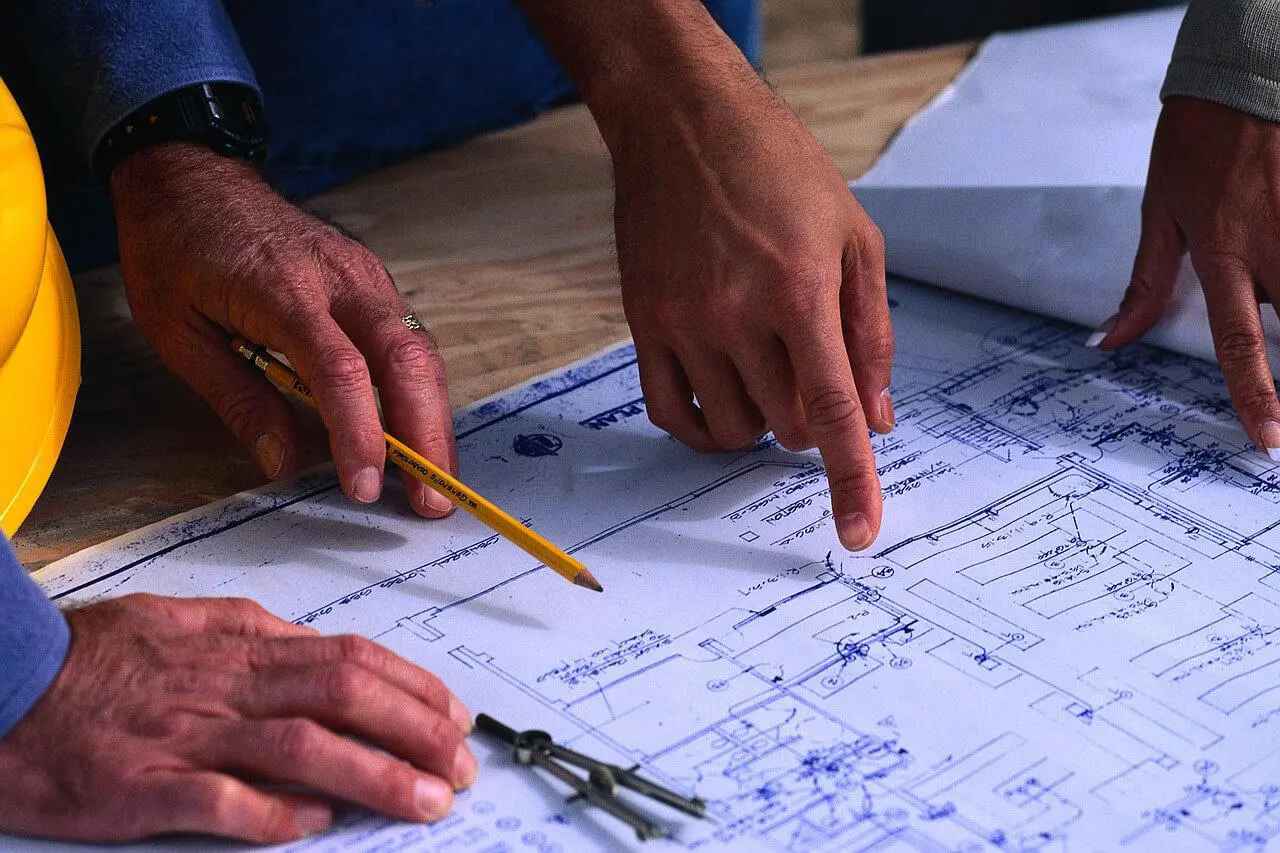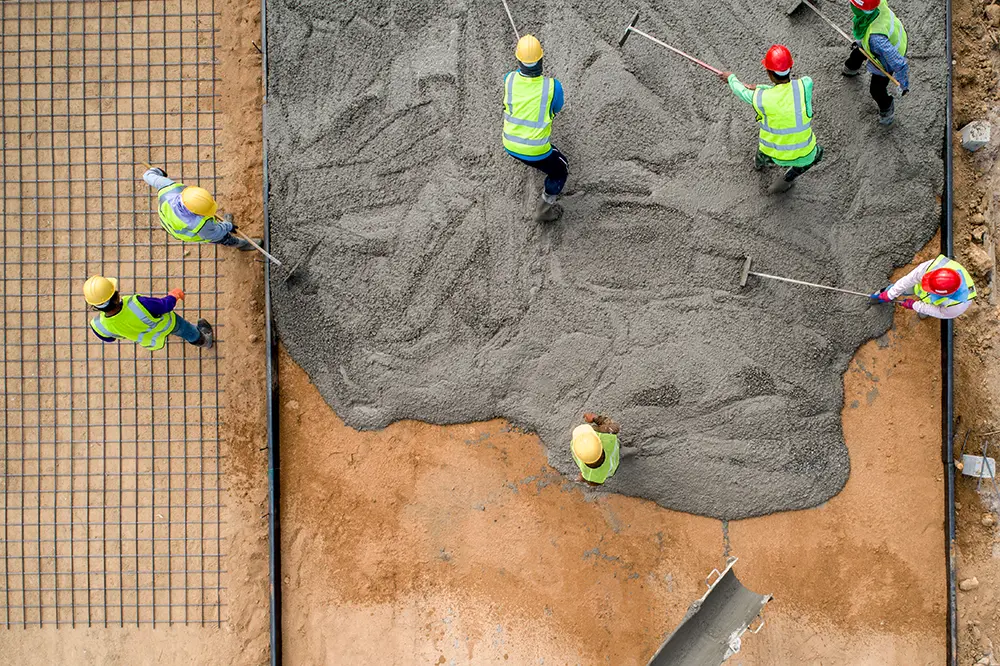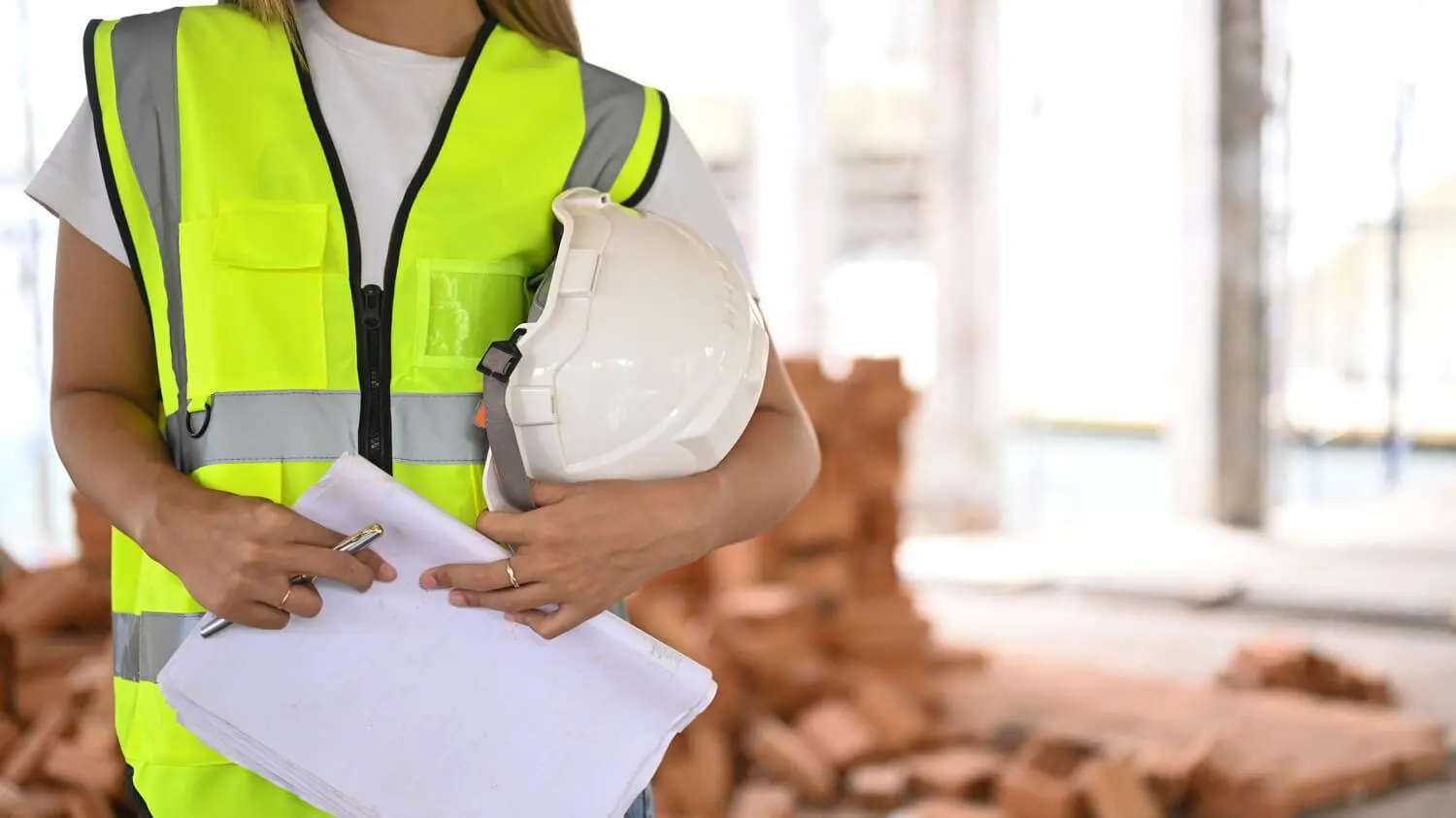Personal Protective Equipment (PPE)
Power tools present more hazards than hand tools due to the speed at which they operate and the potential for the user to come into contact with the power source (electrical, pneumatic , hydraulic etc.). There are differences between the PPE suggested for use with hand tools and the PPE suggested for safe power tool use.
What OSHA Says
1926.300(c)
Personal Protective Equipment. Employees using hand and power tools and exposed to the hazard of falling, flying, abrasive, and splashing objects, or exposed to harmful dusts, fumes, mists, vapors, or gases shall be provided with the particular personal protective equipment necessary to protect them from the hazard.
Eye Protection. Safety glasses or goggles is especially important when using power tools. The speed at which drills, saws, grinders, sanders, and routers operate can propel small particles much faster and farther than hand tools. Others working around the area where power tools are used should also wear protective eye wear. Certain power tools may require using a face shield, in addition to safety glasses or goggles. For example, a face shield is suggested while using a grinder, due to the amount of hot metal particles generated. A face shield is considered a secondary form of eye protection and should always be used in conjunction with a primary from of protection, such as safety glasses or goggles. OSHA describes the role of a face shield as PPE this way, “When worn alone, face shields do not protect employees from impact hazards. Use face shields in combination with safety spectacles or goggles, even in the absence of dust or potential splashes, for additional protection beyond that offered by spectacles or goggles alone.”
Hand Protection. Standard cotton or leather work gloves can protect your hands from minor scrapes and cuts while working with various materials. Cut-resistant gloves are not designed for, or capable of providing protection against a moving blade or bit. The best way to prevent injury from moving parts is to keep your hands on the tools’ handles and keep guards in place.
Safety Footwear. Safety footwear is recommended when using power tools. Safety shoes with a nonslip, electrically insulated sole and a protective toe cap will provide protection against dropped objects and misdirected electricity.
Hearing Protection. The higher sound levels generated by some power tools, especially if used over extended periods of time, may require the use of earplugs or earmuffs.
Respirators. Power sanding and grinding operations may require the use of a particulate respirator. Respirator users must be trained and medically cleared to use a respirator.
Each situation must be analyzed to determine the type of PPE that is required for the safe use of each type of power tool.
Along with PPE, proper attire is also important while using power tools. Tie back or cover long hair and do not wear loose or torn clothing. Hair and clothing that strays too far from the body can get caught in power tools. Because of this potential, loose jewelry should be avoided as well.
Proper Work Practices
OSHA requires that employers are required to keep tools in good repair. It states, “Each employer shall be responsible for the safe condition of tools and equipment used by employees, including tools and equipment which may be furnished by employees.”
Before using any power tool, it is crucial to read and follow the safety precautions covered in the owner’s manual for the tool.
- Never carry a tool by the cord or hose.
- Never yank the cord or the hose to disconnect it from the receptacle.
- Keep cords and hoses away from heat, oil, and sharp edges.
- Disconnect tools when not using them, before servicing and cleaning them, and when changing accessories such as blades, bits, and cutters.
- Keep people not involved with the work at a safe distance from the work area.
- Secure work with clamps or a vise, freeing both hands to operate the tool.
- Avoid accidental starting. Do not keep your finger on the trigger of a tool you are carrying.
- Maintain tools with care; keep them sharp and clean for best performance.
- Follow instructions in the user’s manual for lubricating and changing accessories.
- sure to keep good footing and maintain good balance when operating power tools.
- Remove damaged portable electric tools from use and tag them: “Do Not Use”.


